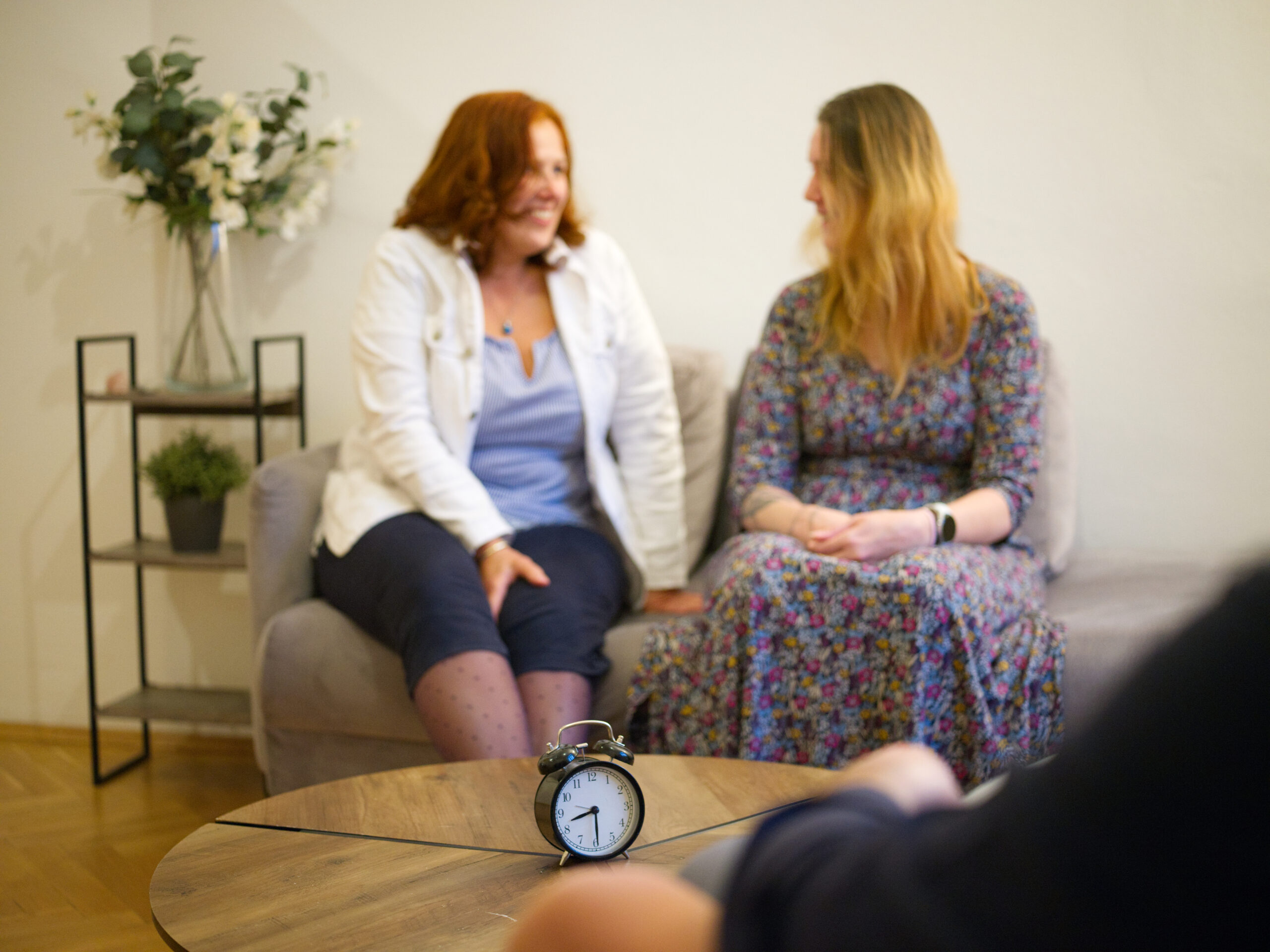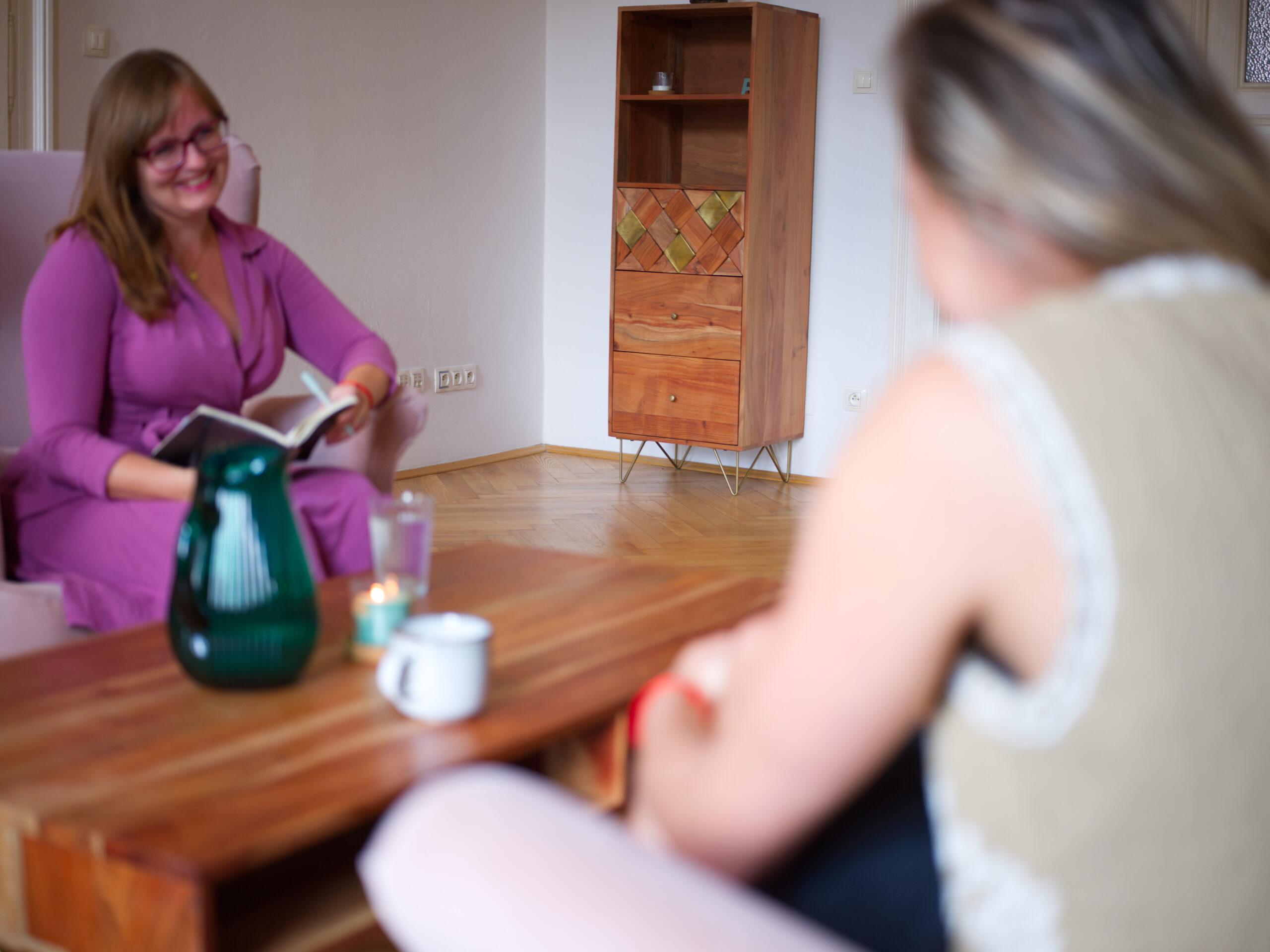Many of us have heard of cognitive behavioural therapy, sometimes abbreviated as CBT. However, few people have an accurate idea of what the term actually means. Cognitive behavioural therapy is a newer movement that emerged in the 1960s. It slowly began to gain ground and nowadays, CBT is clearly the first choice method for certain types of psychological difficulties. Many studies have shown that cognitive behavioural therapy is extremely effective in three main areas.
Cognitive behavioural therapy

How is it different from other therapeutic approaches?
Unlike other therapies, cognitive behavioural therapy is a relatively short-term and intensive therapy. While other therapies often take years to complete, the cognitive behavioural therapy process lasts on the order of months, and certainly should not exceed a period of six months.
Cognitive behavioral therapy focuses on the present moment, on present awareness and on the system of thought chains that are hurting us. While the cognitive behavioral therapist does not deny that some childhood traumas may be indirectly responsible for our current psychological discomfort.


However, it focuses primarily on the actual contents of our consciousness and on helping the client to change certain self-defeating patterns of thinking and behavior.
And how to express the principle of cognitive behavioural therapy in a short and concise way? CBT is based on a simple fact about the workings of our psyche. Thoughts precede emotions, that is, they cause our emotions to some extent. In everyday life, we often believe that it is the other way around.
We are in a bad mood, so unpleasant thoughts come to mind. But that's not the case, the unpleasant emotion was always preceded by the thought that caused it. It may have been vague, incoherent, not fully conscious, it may have even occurred in a dream, but it was definitely in our mind. So thoughts, or cognitions, influence our feelings, our emotions.
Every emotional experience is associated with some physical change. Anxiety is usually accompanied by heart palpitations, tightness in the throat, pressure in the stomach and many other bodily sensations.
This is a simplistic explanation for many psychosomatic difficulties. This process leads us to react to it with a behaviour. However, this behaviour is no longer free but determined. An anxious person, for example, is forced to avoid social events because they are associated with undue stress. He lacks social contacts and is angry with himself for this.
Thus, consistent work with cognition brings about changes not only at the level of our emotional experiences, but also at the level of our bodily feelings and especially at the level of our behaviour.

Cognitive behavioural therapy helps
First of all, these are all types of anxiety disorders and sleep disorders that we classify under the term anxiety insomnia. Generalized anxiety disorder, anxiety-depressive disorder, agoraphobia, social phobia, obsessive-compulsive disorder, and many other specific phobias are clearly indicated for cognitive behavioral therapy. The second major group of difficulties that can be successfully managed with cognitive behavioural therapy are mood disorders. These are mainly depression, melancholia, dysphoria and marked mood swings.
Cognitive behavioural therapy has also found great application in the treatment of addictive disorders of all kinds. With the help of cognitive behavioural principles, clients manage well not only the external, but especially the internal - psychological triggers of craving (the irresistible urge to ingest an addictive substance).
Do you need advice on what service to book or have further questions about your first meeting? We will be happy to contact you by phone.
To order you can use our online booking calendar or call our hotline +420 605 303 333the nurses will be happy to help you with everything.